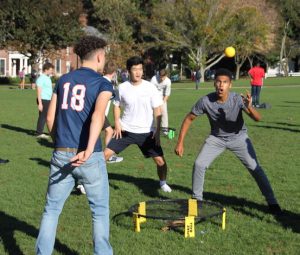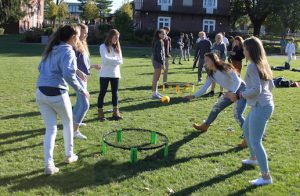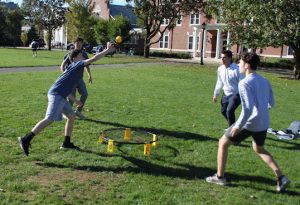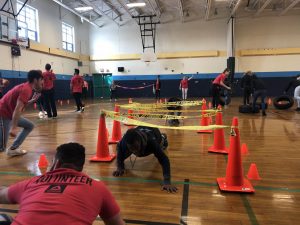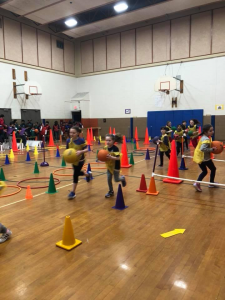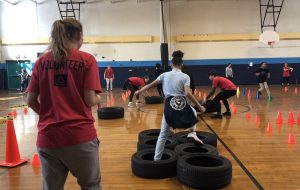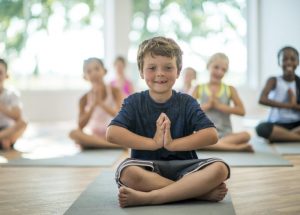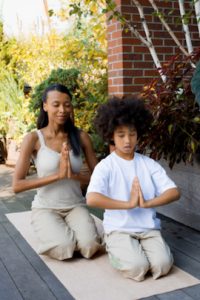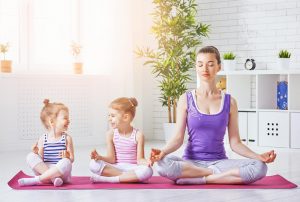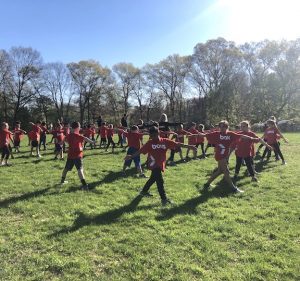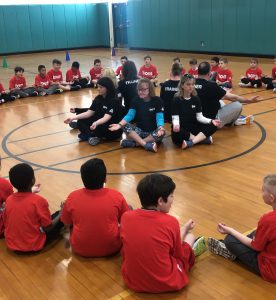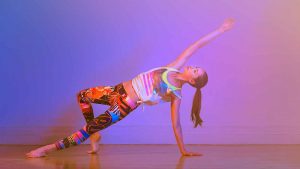It’s been one month since our BOKS Boston Marathon team took to the historic streets of Beantown to complete 26.2 grueling miles and raise money to help us reverse the physical inactivity pandemic!

After having some time to reflect on the monumental accomplishment, a few of our runners shared their thoughts on the experience. Conor Murphy emphasized the uniqueness of the Boston Marathon, stating that it’s, “unlike anything I have ever experienced. It’s special to feel the love and support of an entire city.” Fellow CrossFit Coach, Kevin O’Connell echoed this sentiment adding that, “the crowds, fans, and spectators were incredible and give you a renewed faith in humans. I would highly recommend that if anyone ever gets the chance to run, and run for a purpose like BOKS, you have to do it!”
Running for BOKS and Reebok also proved to be a great motivation for our runners. “Running for BOKS, is right on point with what we do every day at Reebok! We help people get fitter, happier and healthier and if we can start this process with our kids, then we are setting them up for success for the rest of their lives” shared Austin Malleolo on why he joined the team for the second year in a row.
Conor Murphy added, “I loved every second of [the marathon]. Having said that, I made promises to myself during the race that if I fought through the pain, and never stopped running, I would never make myself run another marathon again; however, after acknowledging the people that donated and supported me along the way it makes me realize I would do it all over again in a heartbeat. After all, it’s for the kids.”
**We want to give a huge thank you to Spencer, Denise, Connor, Austin, and Kevin for doing a spectacular job fundraising for BOKS and preparing for the marathon. We’re so grateful to have had runners like you run for the BOKS cause! With your help, we were able to raise over $35,000 to keep kids healthy and active all over the world.**
In order to get to know the athlete’s running the race for BOKS, we asked them a few questions about their experience training for the marathon, as well as their passions outside of running.
 Spencer Hendel:
Spencer Hendel:
Q: What is your favorite part about being a BOKS ambassador?
A: The opportunity to inspire kids to be the best versions of themselves. To think more positively when faced with adversity. And that no matter what you are doing, always try your hardest.
Q: What is your favorite post-run snack?
A: A Donut
Q: Did you have any running experience before? How has it been training for a Marathon?
A: I was not much of a runner growing up. Running five miles was a long distance for me. Training for the CrossFit Games forced me to run longer distances, however it did not come naturally. But just like most things in life, the more you do something, the better you get at it. Now running ten miles is relatively easy for me and at some points enjoyable.
Austin Malleolo:
Q: What should we be doing as a society to help get more kids active/reverse the physical inactivity pandemic?
A: Simply put we need to first BE the example and workout consistently, treat physical activity as FUN and not a chore or punishment. Then we need to provide our youth with the opportunity to workout and learn daily!
Q: Favorite holiday and why?
A: Christmas, I love giving gifts, the smells, the music and the whole ambiance!
Kevin:
Q: Why do you think physical activity is so important for kids?
A: Physical activity is how we develop. There is no arguing that our brain is built to help us move and in moving we help our brain to develop. As movement and play later develop into sport it also helps us to learn important life lessons like communication, team work, discipline, how to win and how to lose.
Q: Favorite movie?
A: This is the hardest question for me to answer and one that I am asked a lot. I have rated roughly 5,000 Movies or Shows on Netflix which means I have spent about 3 years of my life watching movies or shows. Some go to films for me are anything Marvel, Harry Potter, or Fast & Furious. Honorable mentions include Draft Day, Life Aquatic, We Bought A Zoo.
Q: What did you want to be when you grew up?
A: I was not a very fit kid growing up. It wasn’t until high school that I started to enjoy training and sports. That being said my parents recently moved and found an old project from when I was in 2nd grade where we had to design the layout for a city. In this city I had some of the main buildings you would come to expect from an 8 year old. For example, a hospital, school, police and fire station, bank, hotel and maybe even a Chuckie Cheese. The interesting part is that in each building I had designated a space for a gym. So, since I was 8 years old I always thought it was important to incorporate fitness into your daily routine regardless of where you were. To that end I always wanted to be in a position where I could help people grow and reach their goals. That started as a therapist and ultimately led to me becoming a trainer full time.
Conor Murphy: 
Q: What’s your go-to pump up song?
A: National Anthem
Q: What’s your favorite part of a BOKS class?
A: Seeing the positive influence the class leaders have on the kids.
Q: What’s your all-time favorite movie dance scene?
A: Magic Mike 2 when Channing Tatum is in the house.
Denise Thomas:
 Q: What made you commit to running the Boston Marathon for BOKS?
Q: What made you commit to running the Boston Marathon for BOKS?
A: Kathleen Tullie asked me and I think she’s a wonderful human being, and one of our most encouraging and empowering members [at Reebok]. She will walk through a wall to make something she cares about happen. So, I will walk through this (Marathon) wall for her and the BOKS Organization!
Q: Best donut you’ve ever had? And from where?
A: Oh my goodness! How can you make me pick just one? I have two, no three places.
1) Kanes’s (Saugus, MA) – glazed
2) Red’s (Monterey, CA) – glazed ($0.95) – absolute steal
3) Randy’s (Inglewood, CA) – glazed
ALWAYS GLAZED!
Q: How do you get through your long runs? Certain type of music/podcasts?
A: “Getting through them” couldn’t be more accurate. Lol! Survival mode. For all my long runs I have listened to music, but the 20-miler I listened to an audiobook “Can’t Hurt Me” By David Goggins. This guy is a little crazy and ran way longer than I have, so I figured even if I’m in pain I could at least run a fifth of what he’s used to. I don’t typically listen to anything, but these runs have been hard on the soul.

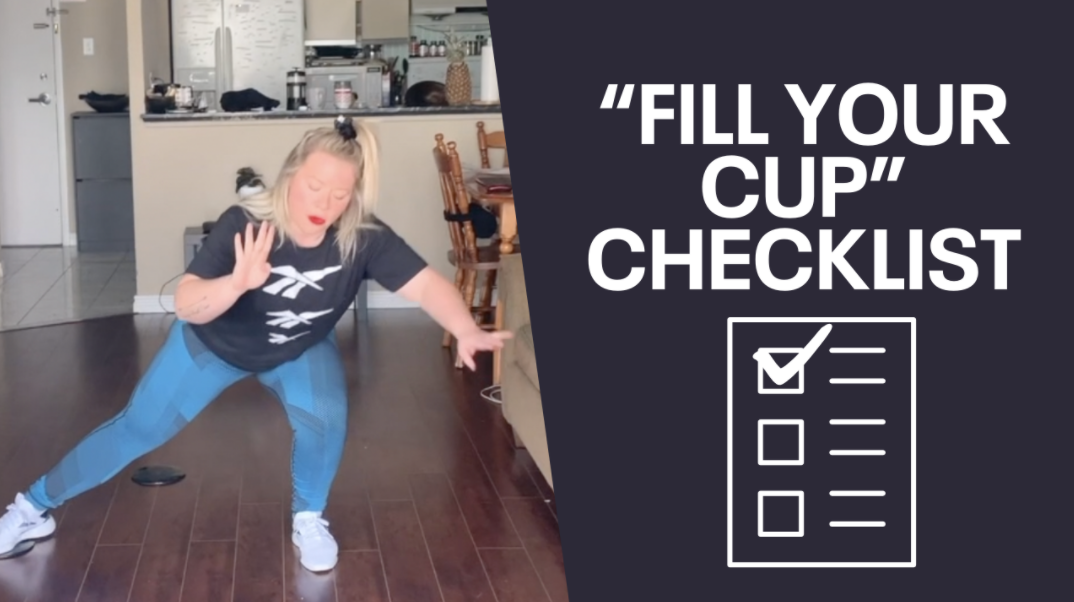 You may have heard the saying “you can’t pour from an empty cup”, which brings so much truth to our reality today. Taking care of ourselves means we are keeping our cup full, providing us the ability to give and care for others. This resonates with me a lot and is something I have been really tuning into over the last year. By tuning in and ensuring my cup is full, I have noticed my performance with work and play are better. I find joy in simple things and I am more present when I am giving to others. Our everyday may look different right now but taking care of ourselves should still be our number one priority. With additional stress and fear of this uncertain time, now more than ever, it is important to take care of our mental, physical and emotional health. With the possibilities of so many new routines such as, working from home, having kids and significant others around 24/7, no extracurricular activities, gyms beings closed, no access to parks and the list could go on, it can be difficult to manage and navigate this new normal.
You may have heard the saying “you can’t pour from an empty cup”, which brings so much truth to our reality today. Taking care of ourselves means we are keeping our cup full, providing us the ability to give and care for others. This resonates with me a lot and is something I have been really tuning into over the last year. By tuning in and ensuring my cup is full, I have noticed my performance with work and play are better. I find joy in simple things and I am more present when I am giving to others. Our everyday may look different right now but taking care of ourselves should still be our number one priority. With additional stress and fear of this uncertain time, now more than ever, it is important to take care of our mental, physical and emotional health. With the possibilities of so many new routines such as, working from home, having kids and significant others around 24/7, no extracurricular activities, gyms beings closed, no access to parks and the list could go on, it can be difficult to manage and navigate this new normal.

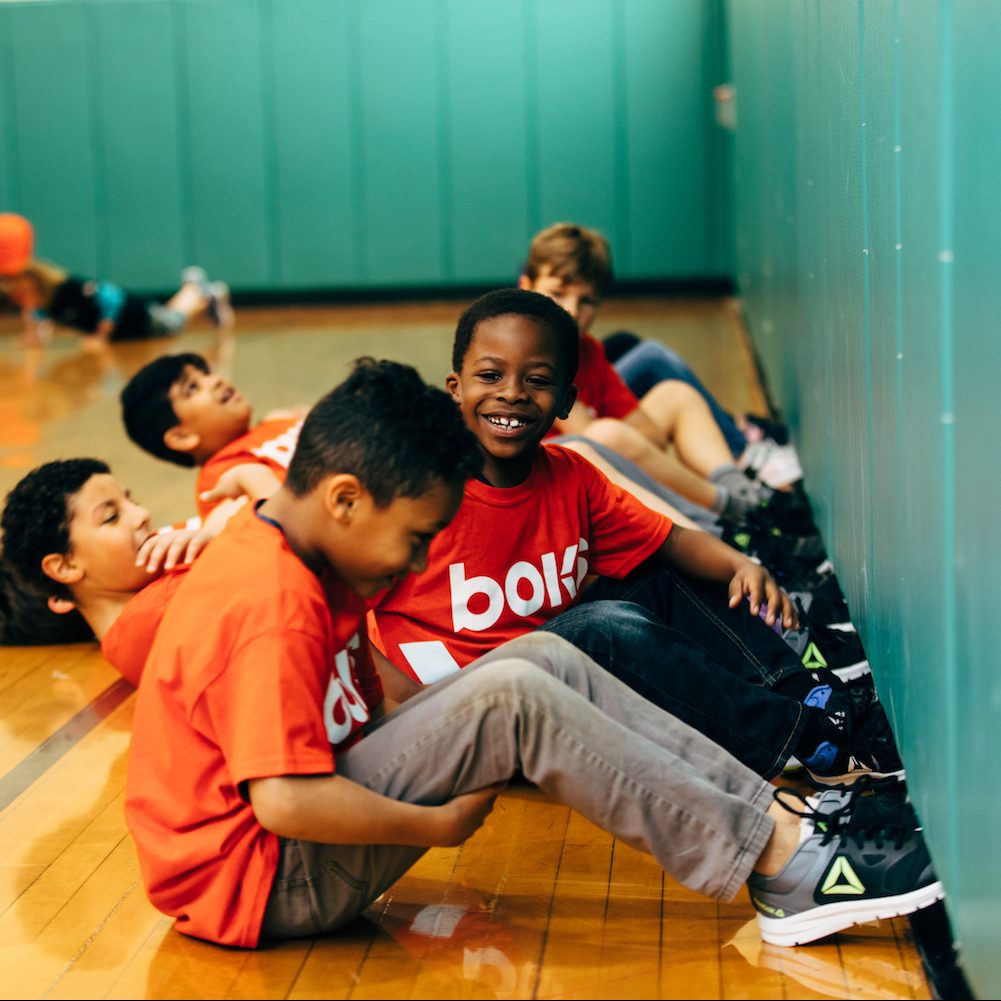
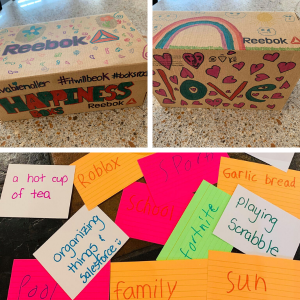
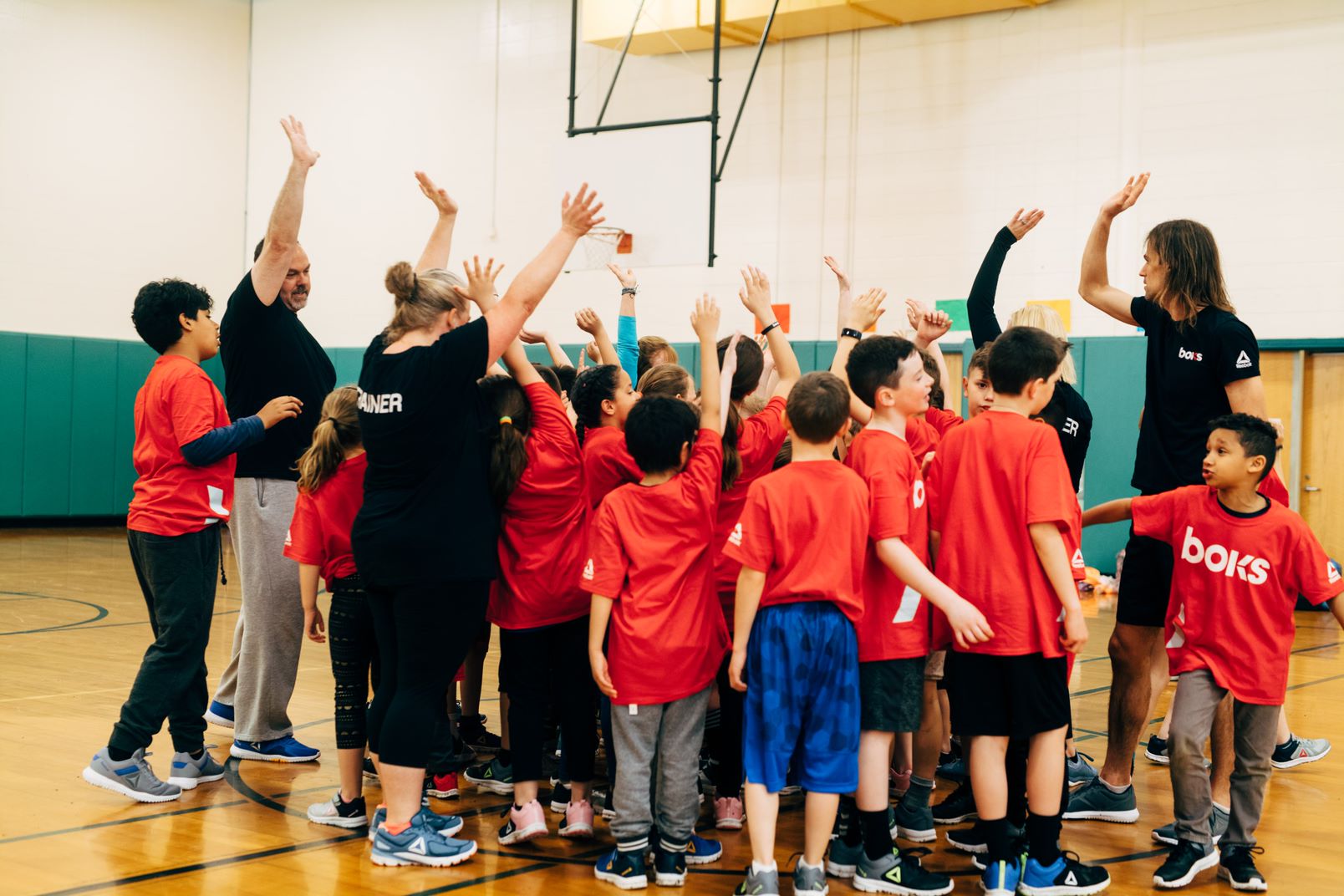
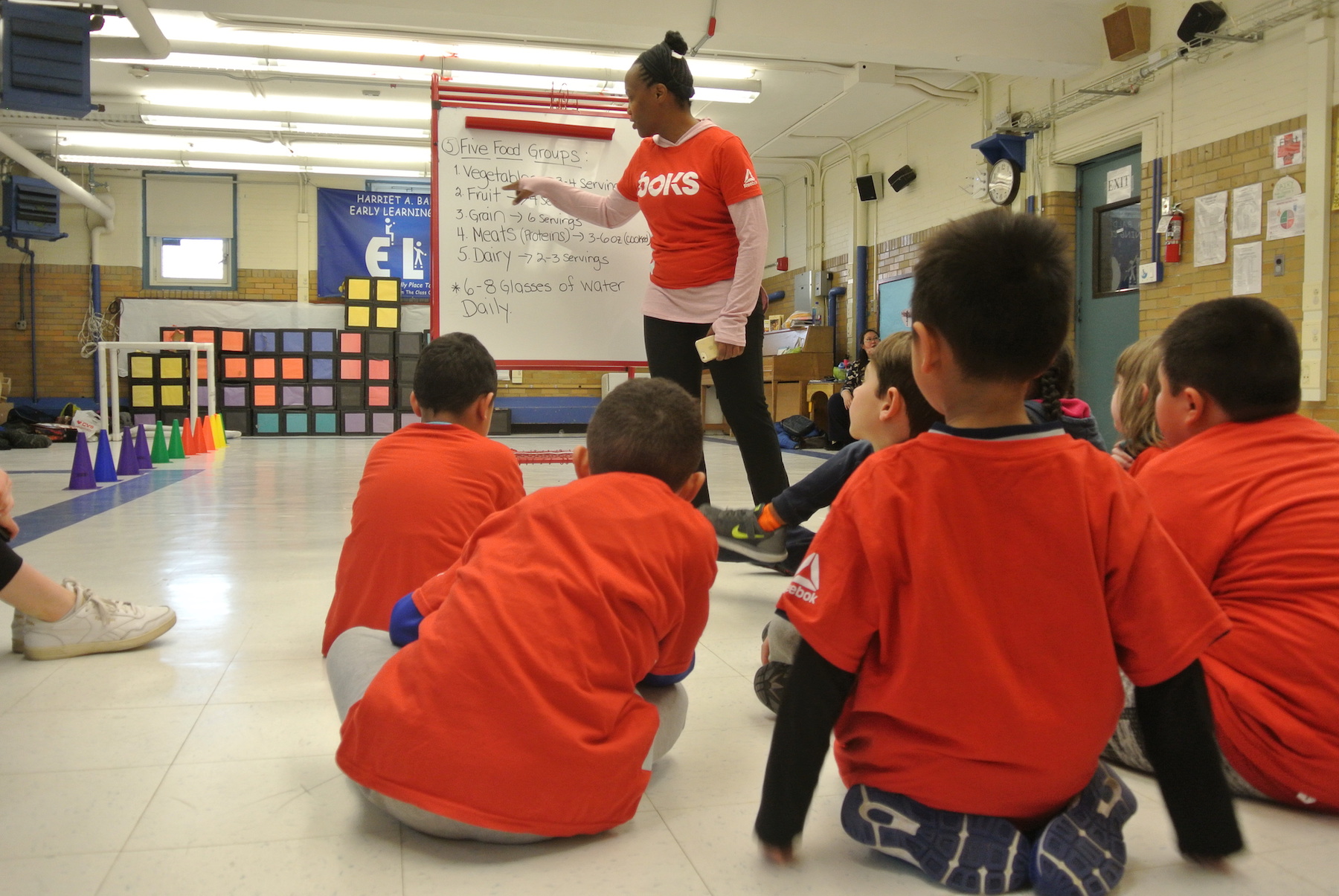
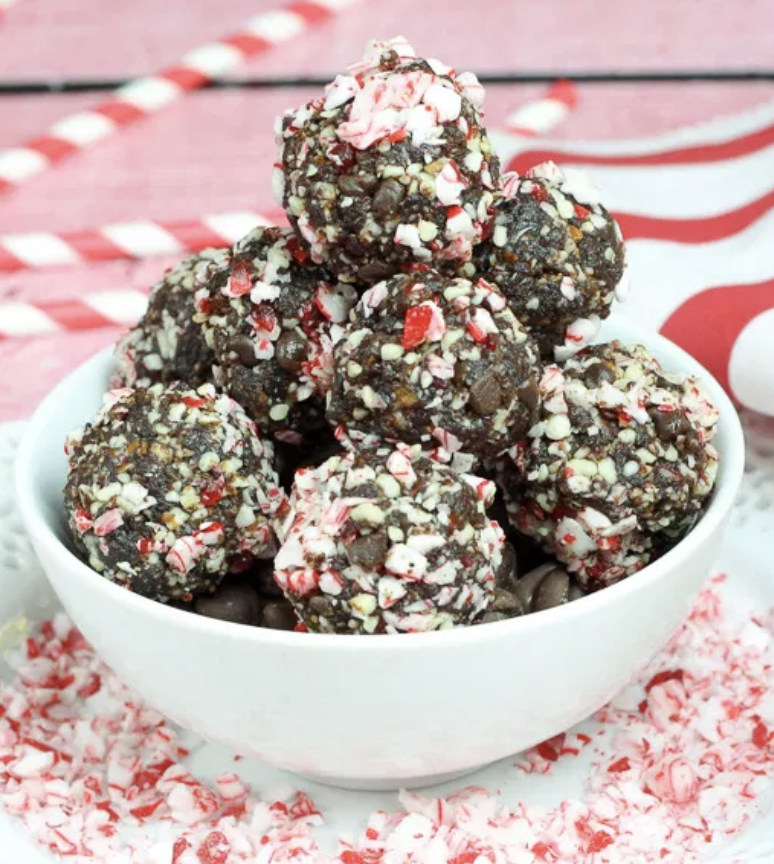
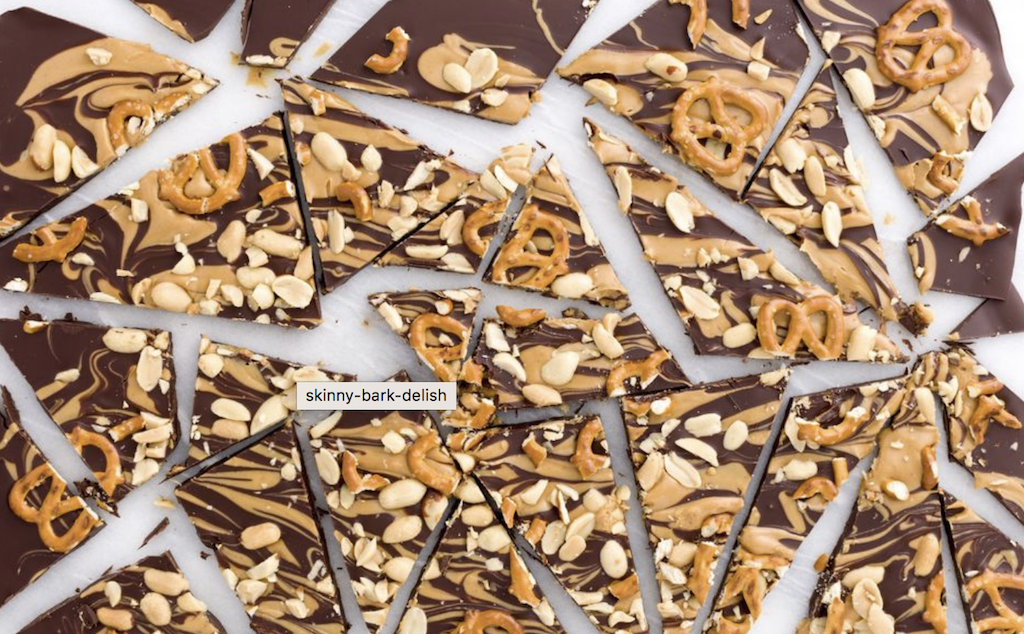 Line a baking dish or sheet with parchment. In a small glass bowl, heat dark chocolate in the microwave on low heat, stirring every 30 seconds, until melted. Pour into prepared dish, tilting so it fully covers the bottom of the dish.
Line a baking dish or sheet with parchment. In a small glass bowl, heat dark chocolate in the microwave on low heat, stirring every 30 seconds, until melted. Pour into prepared dish, tilting so it fully covers the bottom of the dish.